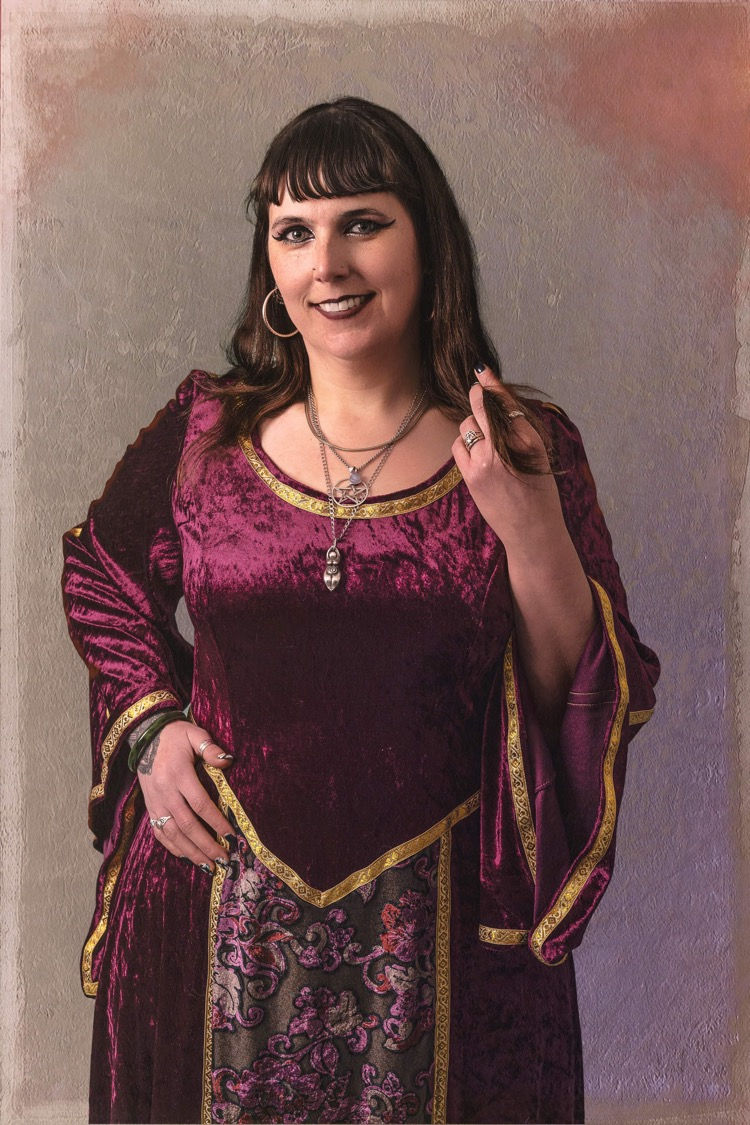Witches Corner - Wands
- pagansofthenorth
- Feb 6, 2024
- 4 min read
There are many tools that pagan witches choose to use in their crafts. One that until recently I haven't really used is maybe one of the most often associated with magical workings: the witches’ wand.
I think everyone can relate to the wand and its use in magic. As a child I remember seeing a magic show or two where a long, black-centred wand tipped with two white ends was used to produce a white rabbit from a hat, or a bunch of flowers from a cup. For me now though, the wand is a tool I use for focusing energy in spells and rituals, mixing up herbal blends for teas or loose incense, and I also use my current wand when I'm reading my magpie charm oracle for others. It helps me to focus on the main items in the reading, drawing in the person to the objects, their connections and meanings.
I believe wands are best suited to the individual witch if they are handcrafted, so here's my guide to crafting a wand of your own for this issue's Witches Corner. As always the opinions, views, and information in this article are my own and I believe each witch should follow their own path.
So let's get to it!

First, when making your wand, take some time to find a branch you wish to work with. Perhaps take a walk and feel yourself drawn to a branch. You may be drawn to its shape or colour, or it may be that you want to work with a specific type of wood for its magical properties. Here's some ideas on the different trees and plants and their magical correspondences to guide you to take your walk near a specific plant you may wish to work with:
Apple - love, desire, wholeness
Oak - strength, stability, protection
Elder - faery communication, protection
Birch - new beginnings, protection (especially children)
Ash - the world tree, justice, prosperity
Fir - spiritual enlightenment, intuition, regeneration
Rowan - divination, strength and success
Mugwort- Although this is not a tree, its stem is strong and is filled with lots of magical feminine energies. For this reason I have chosen to make my wand from the stalk of a large mugwort plant I have grown in my garden.
Obviously, it is best to use fallen branches. For my wand however, I'm using the part of the mugwort plant that I don't use in teas or incense, and would usually end up in my compost or constructed into pentagram wall hangings. Once you have found your branch, I would take some time to give thanks to the tree or plant that it came from, and consider all the magical workings your wand will assist you with. When harvesting, I gave thanks to my mugwort before I cut the stem that I will now use. You may want to make an offering of thanks to the tree or plant you choose.
When you are ready to construct your wand it's time to get creative. I started by cleansing my wood with a burning bundle to remove any negative energies it may have picked up, and also to cleanse my work area.
There are many ways to make a wand; some people carve their wands, burn markings into them, paint or dye them, or, like me, dress them with crystals and ribbons. I also use clay to sculpt the ends of the wands. The choice is yours and I'd definitely go with what you are drawn to. This is the time to really get to know your wand by working with it, and by doing this I feel you are giving it some of your own magical energies.
For my wand I chose to use a small amount of oven bake clay to adorn it with a small crystal on each end. My favourite crystal to work with is ruby in zoisite for its correspondences with creativity and uniqueness, so I chose this for one end, and for the other I chose clear quartz to amplify the magical energies I work with.
Before using the clay, I used a little hot glue to keep the crystals in place while I worked on them. Then I gently smoothed and pushed the clay to join the crystal with the wood. I used a little extra to make decorative components such as swirly vines. Metal charms can also be attached by pushing them into the clay. I baked my wand as stated in the clays instructions. After baking I added yarns to protect the wood where the wand was to be held. I tried to pick yarns and fabrics that complimented my stem and the crystals.
I'm totally in love with my wand and feel it will serve me well in my magical workings. I reached out as always to members of Hedge Witchery UK for their uses for wands and this is what they came back with:
Dawn: An elder once taught me that if you put the non casting end into the crook of your elbow and along your forearm, holding it lightly, then raise it and slowly lower your arm, that should give you a feeling of the power of the wand and if you resonate with it. I feel strongly connected to mine.
Kirsty: ‘Cast with the pointier end!’
Until next time,
Claire Keen - Hedgewitchery UK




Comments